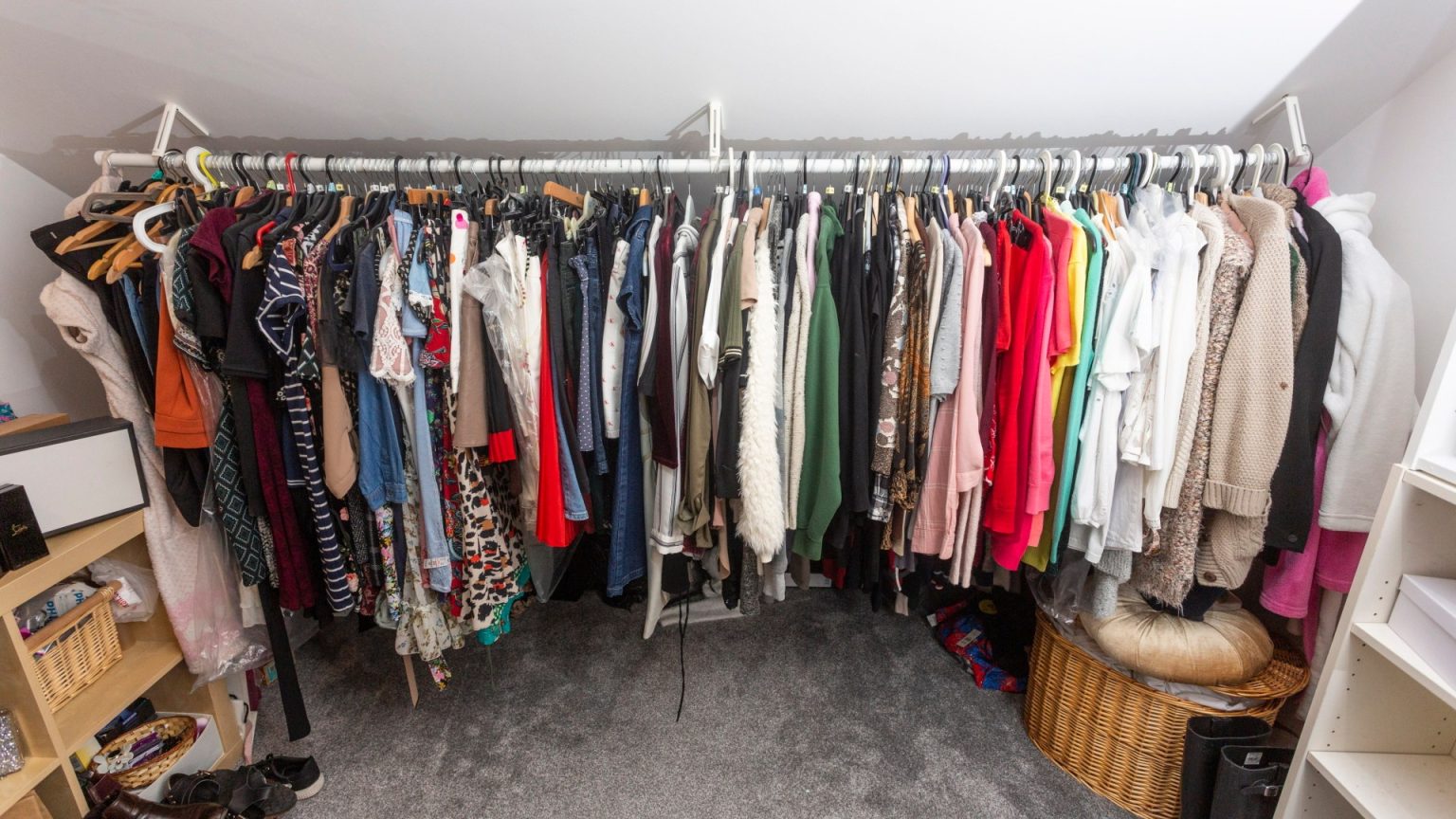A recent survey of over 1,000 British adults has revealed the significant extent of unworn clothing languishing in wardrobes across the nation. The study, commissioned by second-hand fashion platform Loopi, found that one-third of respondents have clothes they never wear, accumulating an average value of £439 per person. Extrapolated across the UK population, this translates to a staggering £23 billion worth of garments simply gathering dust. The research highlights the complex interplay of emotional attachment, practical barriers, and financial motivations that contribute to this phenomenon.
The primary reason cited for holding onto unworn clothes was the persistent hope that they might be worn “someday,” resonating with 77% of respondents. This sentiment underscores the emotional connection many people have with their clothing, often associating garments with specific memories, aspirations, or potential future scenarios. Complicating this emotional attachment is the daunting nature of decluttering itself. 40% of participants admitted that a lack of time to sell their unworn clothes prevented them from tackling the task. This time constraint intertwines with a lack of awareness about selling options, with 36% expressing uncertainty about where to sell their items.
Further hindering the decluttering process are concerns around security and potential scams. 22% of respondents expressed fear of being defrauded while attempting to sell their clothes online or through other avenues. This apprehension highlights the need for secure and trustworthy platforms that facilitate second-hand clothing sales, fostering confidence amongst sellers and ensuring smooth transactions. Despite these challenges, a significant number of individuals have successfully navigated the second-hand market, with the average respondent reportedly earning £257 from such sales in 2024. This financial incentive, often driven by the need for extra cash, provides a compelling counterpoint to the inertia created by emotional attachments and logistical hurdles.
Interestingly, generational differences emerged in the motivations for decluttering. While financial gain and the hope of future use dominated the responses of older demographics, 25% of Gen Z participants cited making space in their wardrobes as their primary reason for clearing out unworn items. This suggests a shift in priorities, with younger generations potentially placing greater emphasis on minimalist lifestyles and reducing clutter, even if it means parting with items that might hold some sentimental or monetary value. This trend aligns with broader societal shifts towards conscious consumption and a growing awareness of the environmental impact of fast fashion.
Financial expert Makala Green, who collaborated with Loopi on the study, emphasizes the psychological benefits of decluttering, describing it as a process that clears mental clutter and restores a sense of control. Green highlights the burden of unworn clothing, suggesting it can contribute to unnecessary stress, both mentally and financially. This perspective reinforces the idea that decluttering is not merely a physical act of discarding possessions, but rather a holistic process with positive impacts on well-being. By encouraging individuals to sell their unworn clothes, even in small increments, Green suggests a pathway towards both financial gain and a sense of accomplishment, particularly during financially challenging periods like the beginning of the year.
The findings of this study underscore the significant untapped potential of the second-hand clothing market. The £23 billion worth of unworn clothes represents a vast reservoir of resources that could be recirculated, benefiting both individuals and the environment. By addressing the barriers to decluttering – namely, time constraints, lack of awareness about selling platforms, and security concerns – platforms like Loopi can empower individuals to unlock the value hidden within their wardrobes. This shift towards a more circular fashion economy not only offers financial benefits but also contributes to a more sustainable approach to consumption, reducing textile waste and promoting responsible use of resources.




